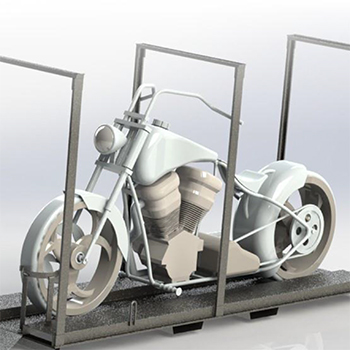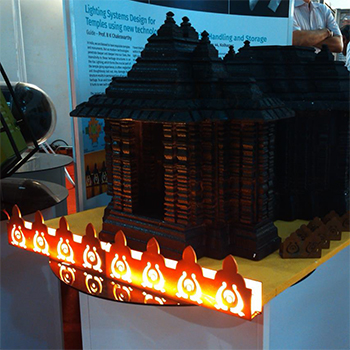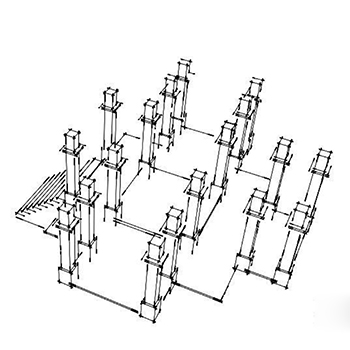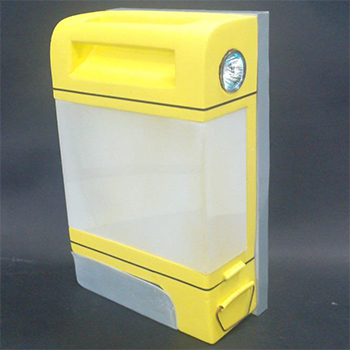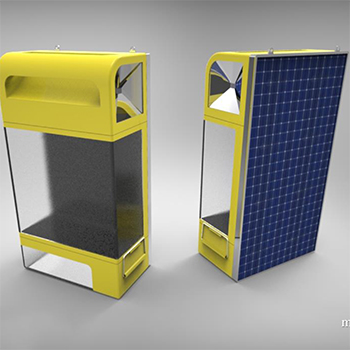According to the 2011 census, 68% of our population still lives in rural areas. Despite all the development schemes and incentives that the government provides, a large chunk of our population is still oppressed, socially and economically. Absence of light, or darkness, is a very powerful metaphor of this divide. The project set out to remedy this hardship. Over the course of the project, more emphasis was laid on user and usability issues of the product. To observe the daily tasks and identify the needs and of people in rural India, field studies were carried out. The initial field study was to understand the people, the social structure, the activities, tasks and hardships in rural India. This helped gain an idea of rural psychographics, the attitudes, interests and opinions of rural people. A second field study was carried out in which rural folks were given a solar lamp to handle and usage patterns were observed. Important insights were gained from both the excursions, which helped shaped the functionalities and usability of the product. Based on these insights, opportunity areas were looked into which had scope for lighting. They included possible interventions in night schools, community gatherings, medical emergencies, dedicated task lighting for rural occupations, etc. Simultaneously, ideations were carried out to give a form to possible solutions. Initial explorations included ideas like flexible neck lamps, disc lights, simple cubical clustered lamps, light cylinders, value lights, triangular lights and others. Amongst these, the concept of value lights was found to be more beneficial than others. The idea was a product that could be split into three light components that could be used for three disparate tasks. The lights come together to form a single product whose combined value is more than the sum of its individual. The lights provided include: • A focussed light for outdoor excursions in dark, wayfinding • A diffused light for general indoor purposes • A secondary low power light for auxiliary activities.The selection of these tasks was done on basis of needs identified in the user studies. The components are stacked vertically providing a sense of hierarchy and separation of purpose. The uppermost component is a torch, with high power beam of cold light with illumination of around 150 lumens and a beam angle of up to maximum 30 degrees. The central component provides warm ambient light for general activities with an illumination between 250-300 lumens. The lower light is a secondary light of 150 lumens meant for auxiliary tasks like short trips to the washroom, the cattle shed or to be hung outside in the verandah. Further, by incorporating solar technology, we free them from dependence on unreliable power grids and take them back to the purest source of energy: the sun. The solar panel doubles up as docking panel on which the lights are docked. The lights can be detached from the panel and hung on the wall, while the panel can be placed outdoors for charging. The primary battery pack in the solar panel gets charged thus and then discharges into each of the lights’ individual batteries when the lights are again docked onto it indoors. The central light is the main hub to stack the components and to connect electrically with the docking panel. The focus was to formally integrate the three distinct lights with emphasis on stacking the components. Efforts have been directed to make the product maintenance free and keep the assembly as easy as possible. The proposed strategy for marketing could either be a Government scheme, with participation from NGOs or a corporate venture as a part of social responsibility. Else, it could be manufactured under a social entrepreneurship venture with nominal profits. The product is designed to fit seamlessly in a rural household. It aims to assist more than one rural activity in night time. The result is not a mere artefact that is just one more addition to the market, it is a product that is sensitive to the needs of rural India and addressing the disparate needs of this diverse rural sector.

